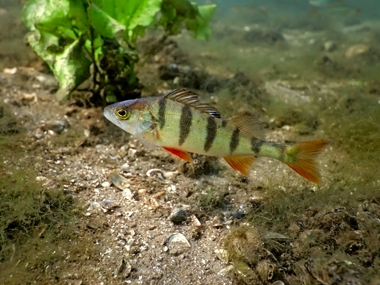Be Informed
Sign up for Sépaq emails to be the first to find out about our promotions, news and special offers.
Having extensive knowledge of the parks to better preserve them is the foundation that justifies the efforts invested in inventories, monitoring programs and scientific research. At Parc national de la Yamaska, one of the main objectives for a variety of studies on plants and animals is to make Réservoir Choinière a natural laboratory for gaining a better understanding of the dynamics of blue-green algae, also known as cyanobacteria.
Blue-green algae live in all bodies of water, even the healthiest. For the past several years, Réservoir Choinière his subject to episodic blooms of blue-green algae. Nutrient inputs from human activities in the watershed are the cause of this intermittent phenomenon. The park cannot take direct action on these sources of pollution but it can contribute to developing knowledge and identifying possible solutions by encouraging research and scientific advances in this field and by continuing its initiative to protect natural environments with landowners of the peripheral zone.
Find out more about scientific research in the Québec's National Parks network
A study on the status of the yellow perch population in the Choinière reservoir was carried out in winter 2013. The winter harvest – up to 45,000 catches during the ice fishing period alone– and the small size of the yellow perches raised concerns. The objective was therefore to obtain a picture of the current level of exploitation of the yellow perch in order to assess whether the population of this species can support the pressure from fishing. The practice of ice fishing in the park is regulated by the Quebec Fishery Regulations which set the limit at 50 yellow perches per day.
The study indicates that factors other than exploitation may be at issue in influencing the yellow perch population. Factors related to predation and competition among fish species, quantity and quality of food, availability of aquatic plant shelters, and diseases are pressures that affect the yellow perch population. Other factors, such as water temperature and its dissolved oxygen content and turbidity, more closely related to the quality of the habitat, also seem to affect the development of the fish.
The conclusion which emerges is that the yellow perch population of the Choinière reservoir can support exploitation at current levels of recruitment. However, data collection relative to the success and quality of winter sport fishing, as well as individual measurements of weight and length of a quantity of yellow perches are among the recommendations put forth to ensure the sustainability of the resource. Fishermen will be involved in the process.

Sign up for Sépaq emails to be the first to find out about our promotions, news and special offers.